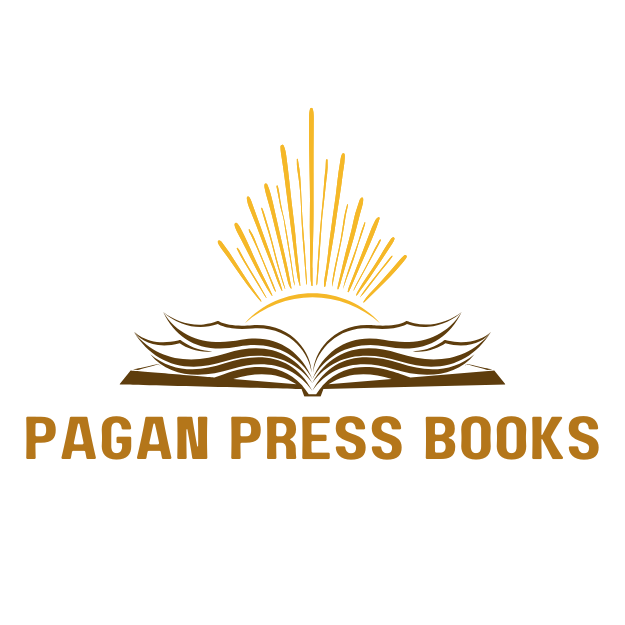Table of Contents
ToggleWelcome to the exciting (and sometimes baffling) world of technical content writing. Whether we’re crafting user manuals, documentation, or knowledge base articles, our goal is clear. We want to communicate complex information in a way that even a cat with nine lives could understand. Technical writing doesn’t have to be dry or dull. In fact, it can be an engaging journey for both writer and reader. So, let’s jump into what makes this skill essential, the challenges we face, and the tools at our disposal.
Technical Content Writing
Technical content writing is the art and science of creating clear instructions, explanations, and documentation on various subjects. It spans everything from software manuals to product specifications. At its core, it demands that we simplify complex ideas without losing the essence of those ideas. We rely on clear language, structured formats, and a keen understanding of our audience. Who are we writing for? What do they need to know? Those questions guide us through the writing process.
Importance of Technical Content Writing
Why is technical content writing so important? Well, for starters, it acts as a bridge between complex technical concepts and the users who need to understand them. Good technical writing reduces frustration and enhances user experience, especially in industries like technology and engineering. Also, it improves safety through clear guidelines and instructions, eventually saving time and operational costs. By providing comprehensive content, we empower users to use products effectively, leading to better satisfaction and loyalty.
Key Elements of Effective Technical Writing
To write effective technical content, several key elements come into play. First, we need clarity. Readers must grasp our content without scratching their heads in confusion. Next, conciseness is crucial: our goal is to convey maximum information with minimal fluff. Then comes coherence. Each section should flow logically into the next, guiding readers naturally through the material.
Also, we must consider formatting and visuals. Well-placed headings, bullet points, and diagrams can break up text and hold the reader’s attention. Finally, we should always keep our audience in mind, tailoring our language and tone to meet their expectations and knowledge level.
Techniques for Writing Technical Content
Our approach to technical writing can make or break a project. Here are some techniques that we find particularly effective:
- Define Your Purpose: Before we start, we clearly define what we want to achieve. This helps us stay on track.
- Use Simple Language: Jargon and technical terms can confuse readers. Whenever possible, we opt for simpler alternatives. If we must use technical language, we explain it clearly.
- Active Voice: Writing in active voice makes our content more engaging and direct. Instead of saying “The software was updated by the team,” we say, “The team updated the software.”
- Visual Aids: Diagrams, tables, and screenshots can illuminate concepts that words sometimes can’t. We use visuals abundantly when appropriate.
- Feedback Loop: Engaging with our audience and gathering feedback strengthens our writing. It allows us to refine and improve future content.
Common Challenges in Technical Content Writing
Even though our best efforts, technical content writing often comes with its own set of challenges. One of the biggest hurdles is balancing technical detail with accessibility. We want to provide complete information while ensuring it’s still digestible for a broad audience. Another common issue is keeping up with constant changes in technology and industry standards. Staying updated is paramount if we want our content to remain relevant. Also, managing tight deadlines can sometimes lead to rushed writing, which might compromise quality. Learning to balance speed with quality is an ongoing journey.
Tools and Resources for Technical Writers
In our toolkit for technical content writing, we have a variety of resources that enhance our productivity and quality. Tools like Markdown editors help us focus on the text while formatting it neatly. Collaboration platforms such as Google Docs allow us to work seamlessly with team members, gathering feedback in real-time. Specialized software like MadCap Flare or Adobe FrameMaker enables us to produce documentation efficiently and effectively. Finally, style guides like Microsoft Manual of Style provide invaluable guidelines on standards in technical writing.




